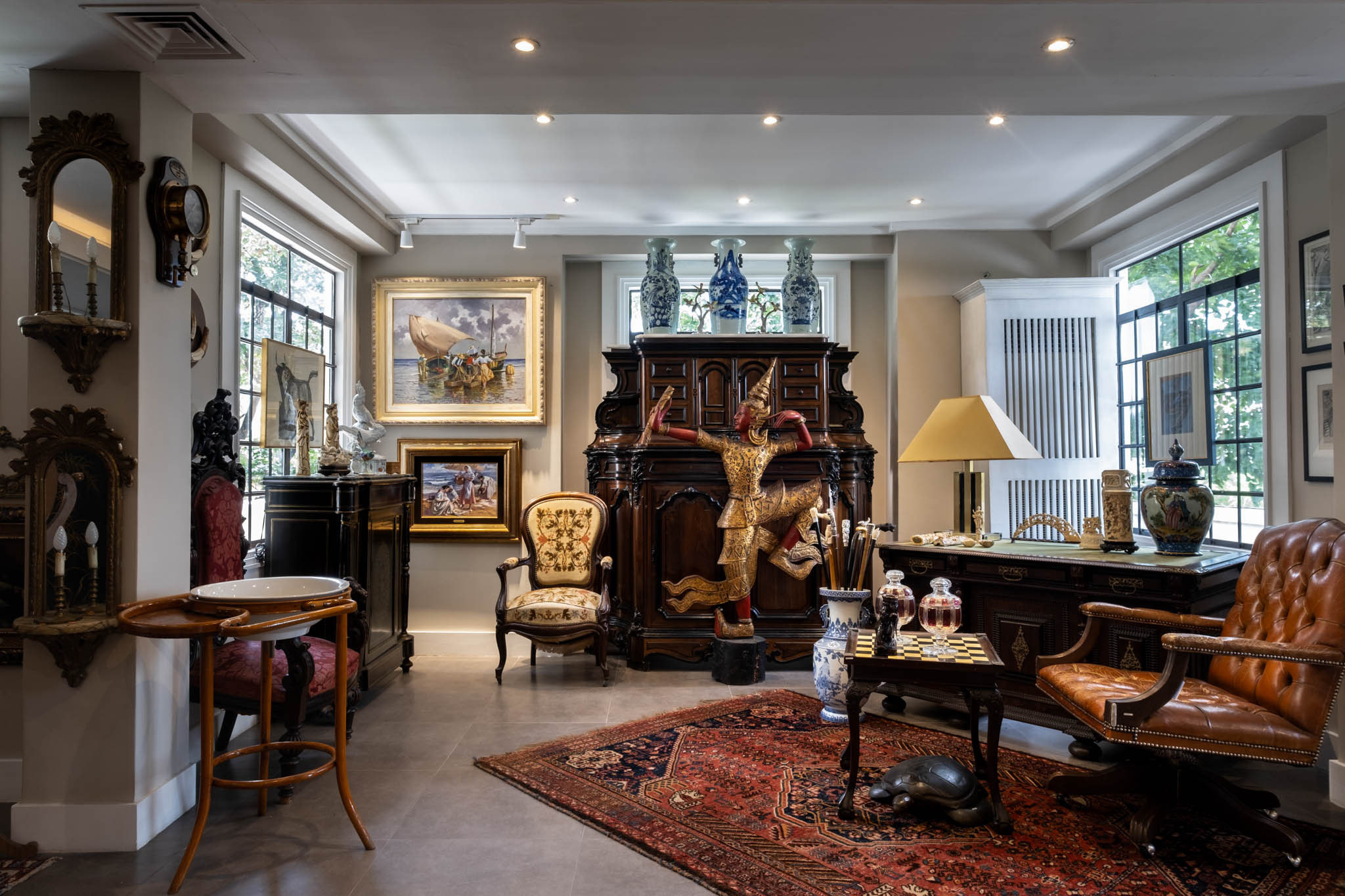
Empty Spaces to Fill: Why Filipinos Love Maximalist Houses
Do you hang framed pictures of your family and relatives? Maybe you have an altar or incredibly large furniture and appliances. Perhaps you also display old inherited pieces, souvenirs from a trip, or academic achievements. If you have answered all of the above, then congrats! You are a Filipino living in a maximalist house. But have you ever wondered why Filipinos tend to fill every corner of their home with all of these objects?
The Filipino Version of Maximalism
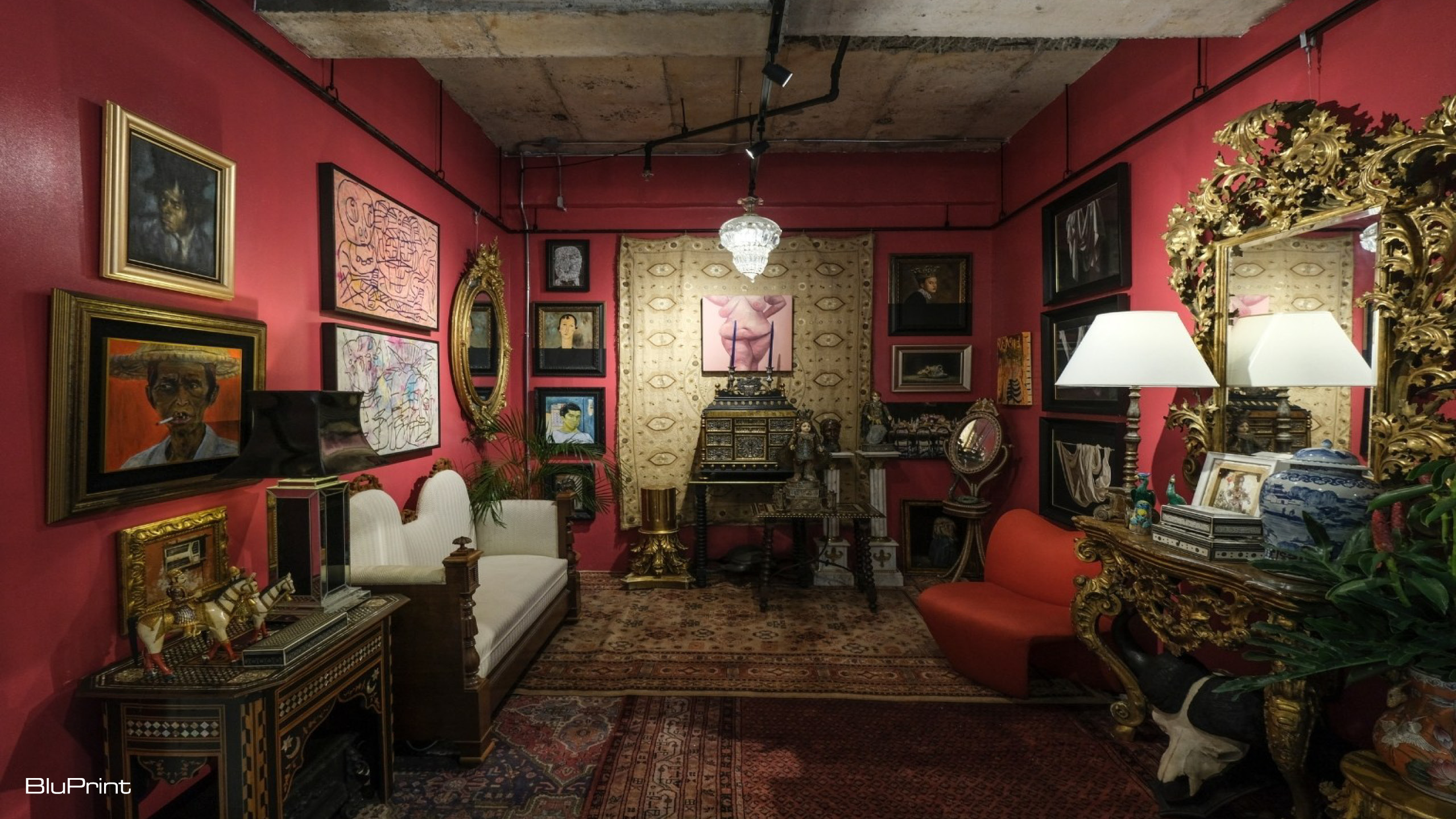
Maximalism is founded on the idea that “more is more”. It is often achieved through eclectic layers of colors, textures, patterns, and shapes. In simpler terms, this interior design is a mix of rich and bold decorative statements to intentionally look extravagant.
In the Philippine setting, more is more has a different interpretation. The Filipino version of maximalism focuses on filling every space available with forms and things often fueled by excitement to abundance.
While it still shares the same characteristics to its original roots, Filipino maximalism has distinct influences deeply embedded in their identity.
Empty Spaces from Filipinos’ POV
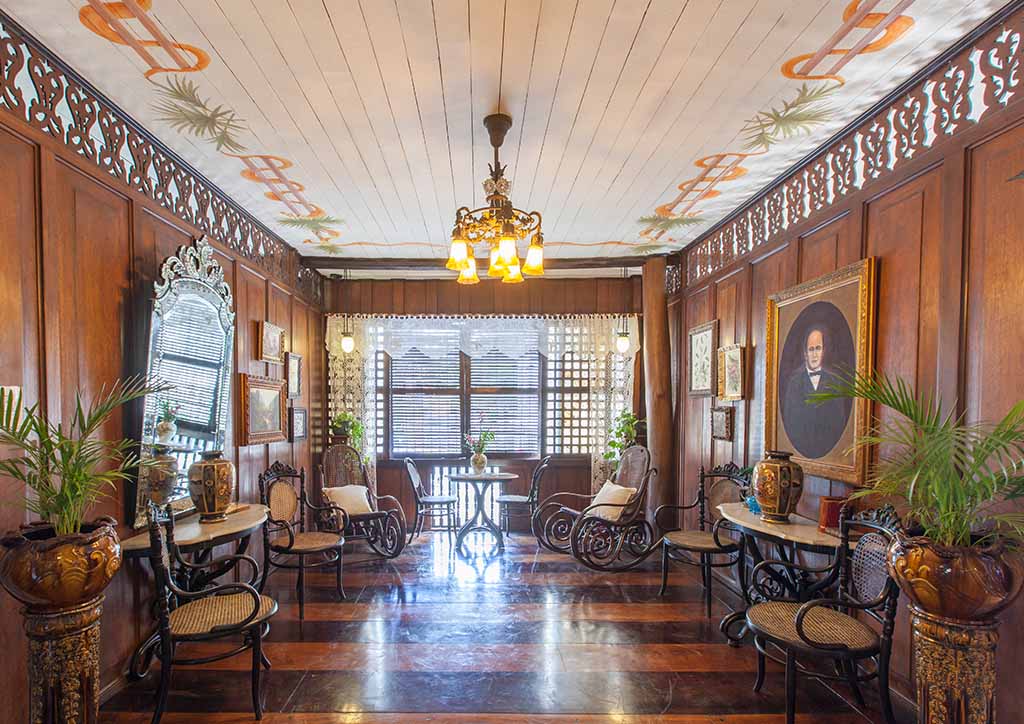
In 2015, Architect Clarissa Lorenzo conducted a study where she endeavored to understand this cultural phenomenon. Since home is where most Filipino values are honed, they become devoted to filling spaces with things that mirror these principles.
Due to economic pressures and inherent emotional culture, Filipinos see empty spaces both in positive and negative light. Either to mend physical and psychological emptiness or to avoid bad associations, these contrasted perspectives influence how they treat and adorn available areas in their home.
With the extensive adaptation of bungalow design because of its resemblance to the traditional bahay kubo, Filipinos often abandon interior space singularity. They usually leave out partitions and place living, kitchen, dining areas in one single open space. Given that interior arrangement, this invites them to fill it with assorted and bigger decor.
So which aspects of Filipino identity cause this behavior? Let’s explore further.
To Feel a Sense of Contentment
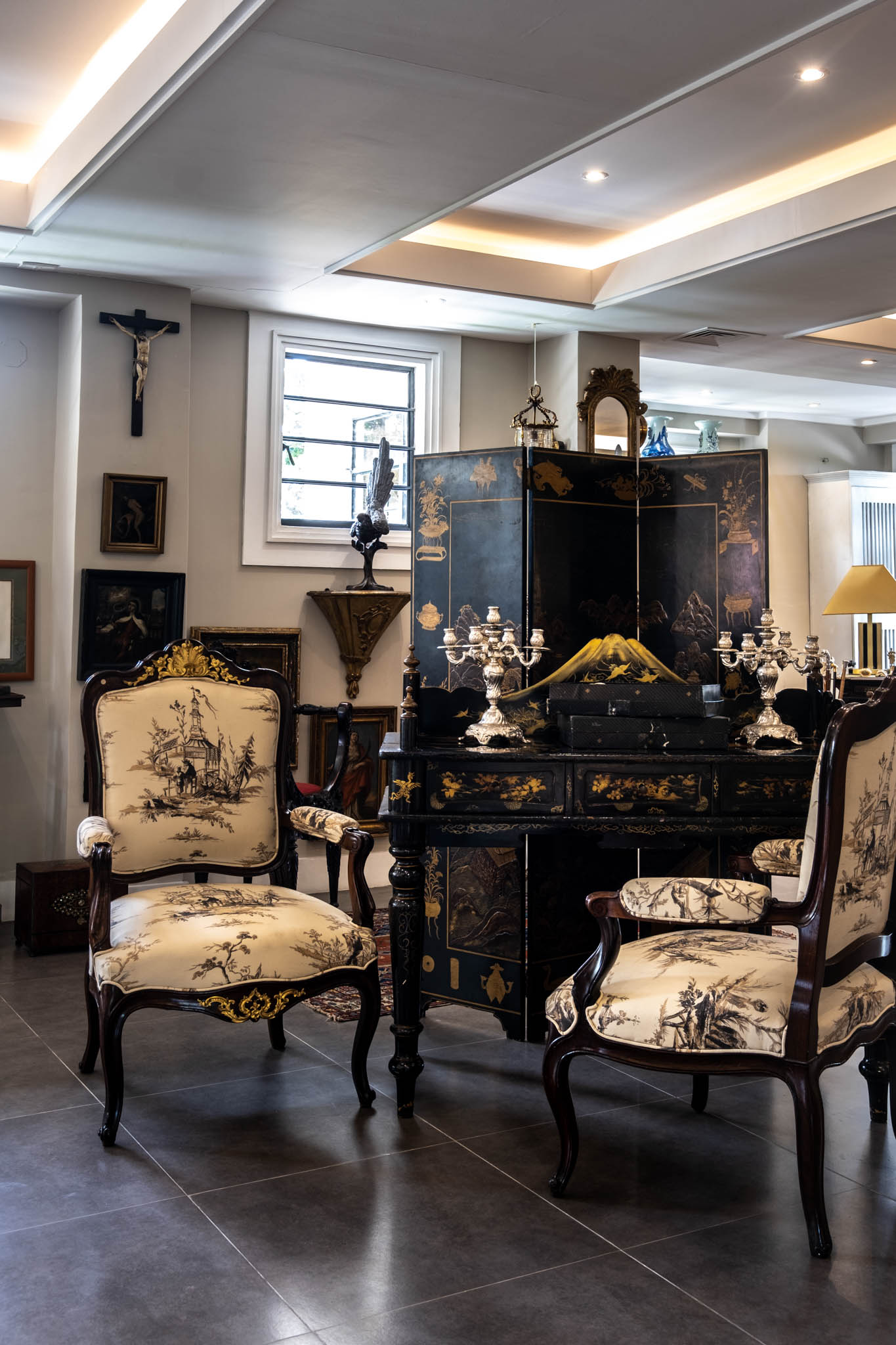
One of Filipinos’ culturally embedded attitudes is their conscious economic outlook. Traced back to its long colonial history, Filipinos associate empty spaces with poverty and ample decorations with luxury. Having more and bigger things in the house fulfills a sense of economic security, which is a big deal in a third-world context . In a way, it is a recovery from the inflicted trauma of war-brought scarcity. As Lorenzo described, this is the Filipino take on the concept of Horror vacui, a Latin expression for horror of empty spaces.
Filling Empty Spaces to Fill The Missing Presence
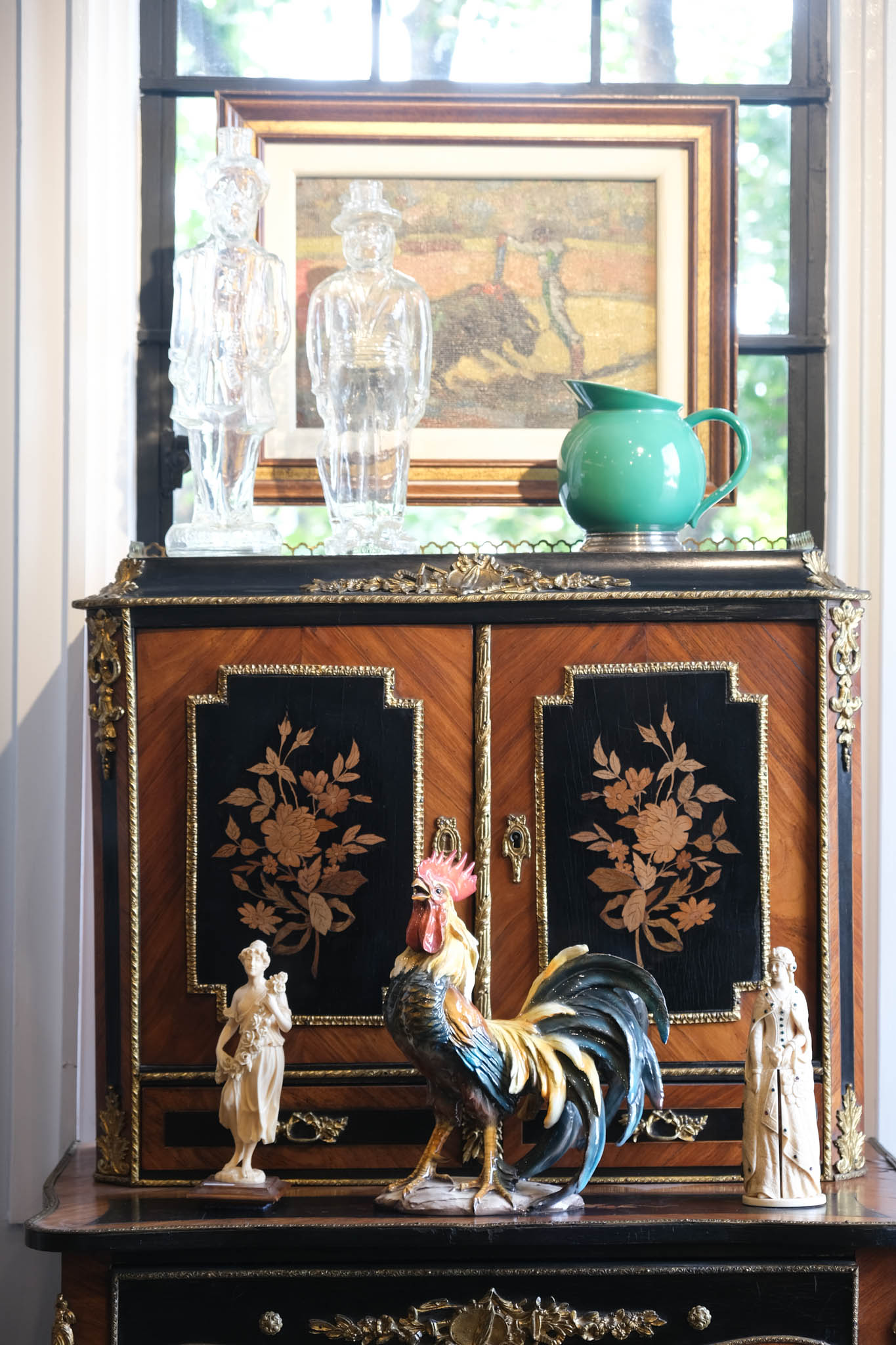
Filipinos are also naturally family-oriented. This collectivist mentality is the reason why heirlooms and memorabilia remain prevalent in most Filipino households. Filling empty spaces in the house with things associated with loved ones reminds them of their presence, especially for deceased and distant family members. Attaching such sentimental value to these objects makes it hard for Filipinos to let go of them. That’s why trinkets or even objects with no practical use are often a staple in Filipino homes.
What a Waste
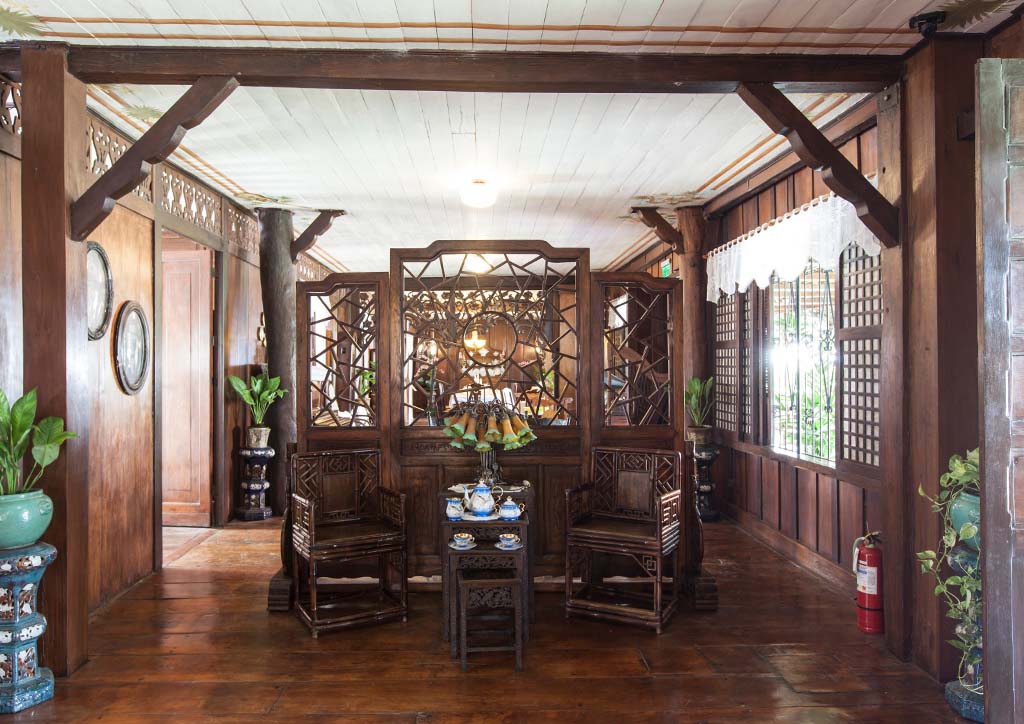
Oftentimes, Filipinos feel regret and frustration when they dispose of things they believe will have future practical value. As long as the item still functions, no matter how miserable its state is, it deserves a place in their house. Even repurposing items and appliances for different uses is still a common practice. While it mirrors innate resourcefulness and frugality, it also reflects how Filipinos treat empty spaces as excess areas for item additions.
Maximalism Is Communal
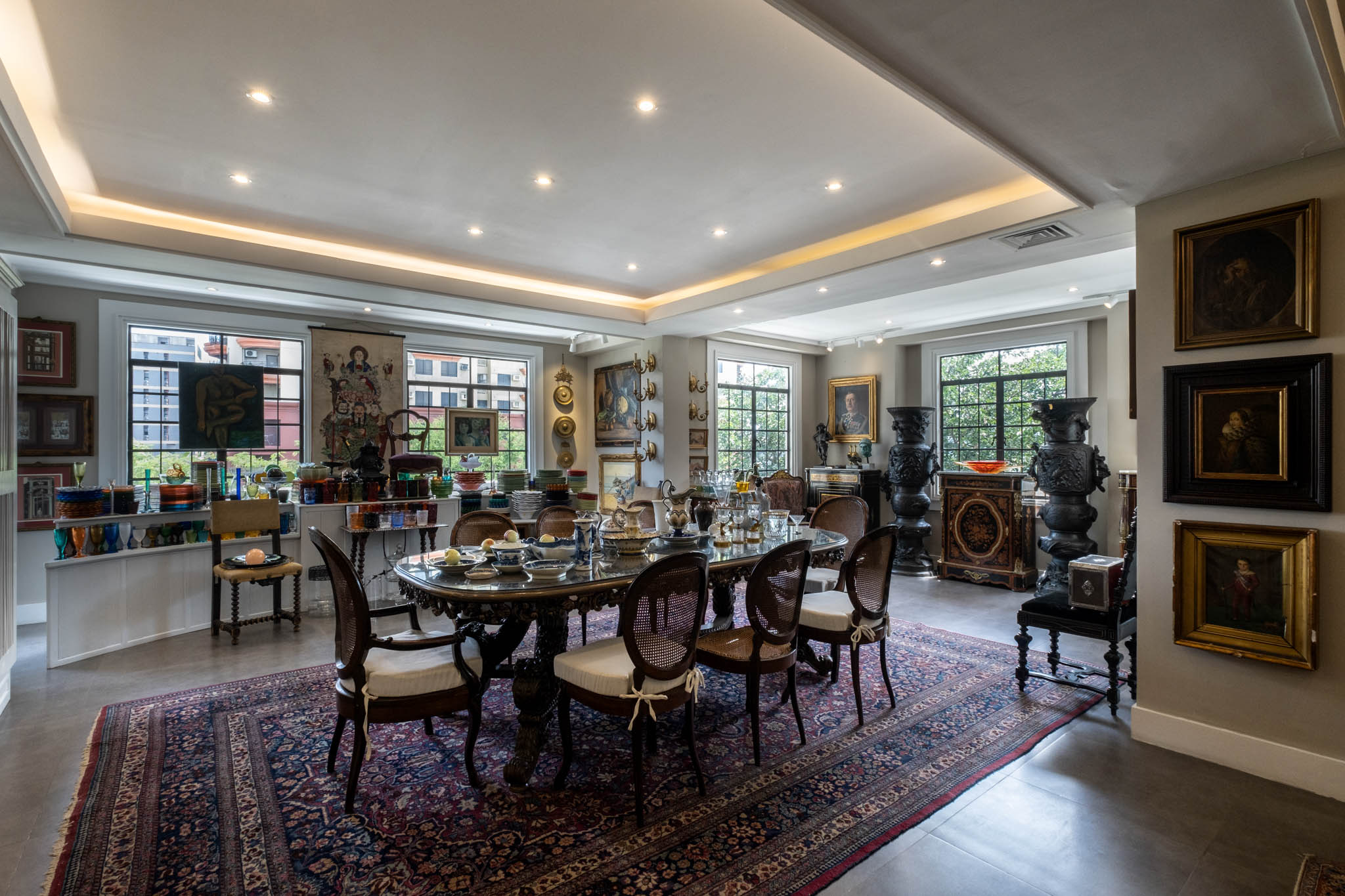
Another reason for Filipinos’ inclination to fill up space is their desire for building connections. Filipinos are famous for their hospitality, and they love having company and hosting celebrations.
That’s why it gives them pride and joy to include massive sofas, dining tables, TVs, and other items intended for communal use. In this case, empty spaces serve as extensions for entertainment and gatherings.
Maximalism, though not originally from the Philippines, is a distinct style that captures the essence of Filipino homes through a personal expression of identity. The way Filipinos incorporate sentimentality, prudence, and a sense of collectivism into the design and arrangement of their living spaces is precisely why their homes exhibit a maximalist aesthetic.
Read more: Unapologetic Spaces Through Maximalist Design: A Conversation with Interior Decorator Ram Bucoy


